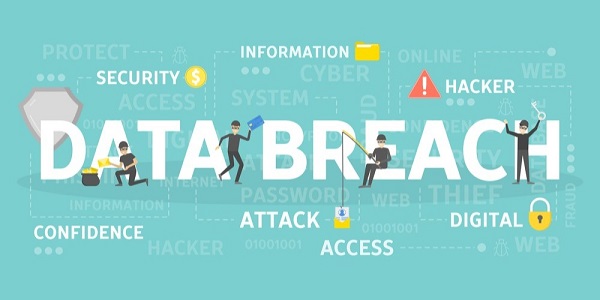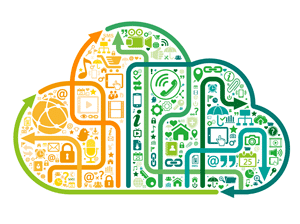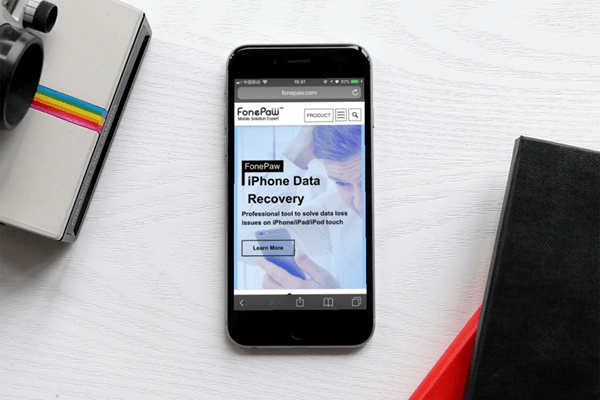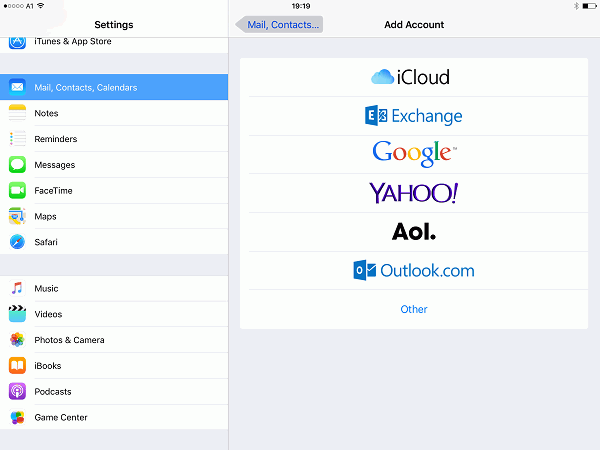Improve your Cloud Security with these Critical Steps
It is estimated that by 2025 companies will store as much as 80% of their data and information on Cloud application systems. If 80% of your firm's data exists within the Cloud, it is easy for hackers and unauthorized networks to assume a good portion of that data is sensitive. Wavestone (a top IT and business global advisory firm) says that data breaches are the number one security threat.
So why are so many businesses doing so little to protect their Cloud-stored data? Cloud systems offer companies endless benefits including cost reduction and improved time efficiency. Consequently, many firms turn a blind eye or choose to believe security breaches are unlikely and so place trust in the sophisticated security systems put in place by Cloud providers. Unfortunately, these security systems cannot always guard against hackers that are drawn to the large quantities of data stored on the Cloud.

Something else to note is that under U.S law the liability for compromised data is placed on the organization that owns it. Essentially, your Cloud system provider is not responsible for the data you store on its applications, you are. Therefore, security should be the top focus of your organization. Here are some critical steps that you can take to safeguard your data.
Incorporate Cloud Governance into Risk Governance Programs:
This is placed first on the list of critical steps to take because so many companies treat Cloud governance as a completely separate issue to risk governance and consequently overlook it altogether during cybersecurity risk assessments. However, now that companies integrate Cloud services with on-premises systems, governance must be considered concerning risk governance programs.
In the modern age, Cloud governance inherently exists within risk governance. So, to implement all resources effectively and avoid unauthorized access, your business must incorporate Cloud governance into your risk governance strategy.
Focus on Potential Risks, not Immediate Threats:
Focusing all attention on cyber threats often results in ineffective, after the fact responses to security breaches. Typically, these types of processes are not automated, reactive, and standalone rather than integrated, automatic, and holistic.

Making sure you focus on potential risks will help to eliminate future problems before they have the chance to become imminent security threats. Assessing risks rather than threats should involve broad, company-wide oversights that allow your business to target cyber-protection resources towards the areas they are most beneficial instead of investing in infinite security measures that will likely be wasted.
Check your Firewall Settings:
Your Firewall settings create a buffer zone between untrusted networks and your business' networks, providing a fundamental initial security wall, as such they should be carefully managed.

Firstly, clarify that you are using the correct type of Firewall and the appropriate settings. For example, check the ports that you have opened and closed as these determine the 'whitelist' of authorized networks.
You should also closely monitor who has access to your Firewall settings and that those people are well informed about your authorization protocols as any uninformed changes could hugely impact your cybersecurity.
Eliminate Insecure or Misconfigured APIs:
For optimal integration between systems, companies use Application programming interfaces (APIs). Whilst these interfaces can be beneficial to security, any insecure or misconfigured APIs can pose risks. Additionally, if you no longer need a particular API, disable it — an unnecessary integration point poses a potential risk.
Understanding and installing the most beneficial APIs for your specific business environment is also recommended as many APIs offer the latest technology in detecting malware and viruses, copyright violation research, and phishing domain detection.
Monitor all Data Movement:
Almost every company will monitor their data movement from North to South, but is your business also monitoring East to West movement? Cloud environments share software and hardware profiles, therefore monitoring all movement is necessary if you implement Cloud-based applications.

Lateral movements that eschew malware to keep attacks hidden during a data security breach are increasingly common and the technique is often used in favor of stealing valid user credentials. These movements are far harder to detect and consequently often missed. As a result, monitoring data from both North to South and East to West is necessary as it is more accurate in identifying anomalous behavior.
In Conclusion:
Having direct control over your business' security is the first, and most important, step to better cybersecurity. Taking control allows you to ensure that all the correct controls and settings are in place, all data movement is being monitored, and you are taking a holistic, integrated approach to risks as well as threats.
The Cloud offers numerous systematic benefits and when used properly adds true value to your business, however, do not allow these benefits to overshadow the importance of security.























